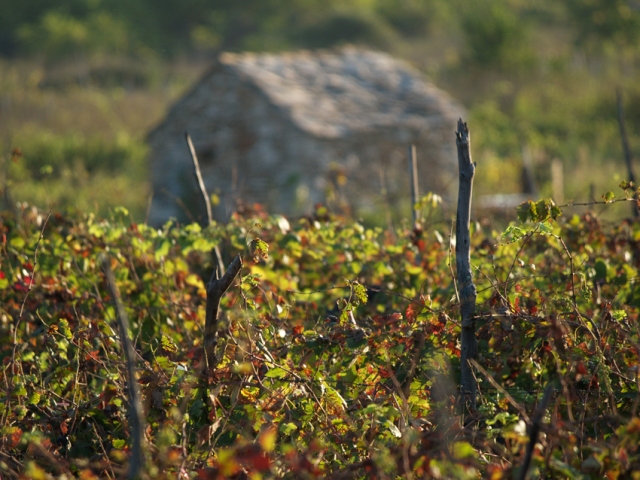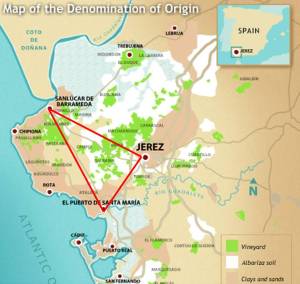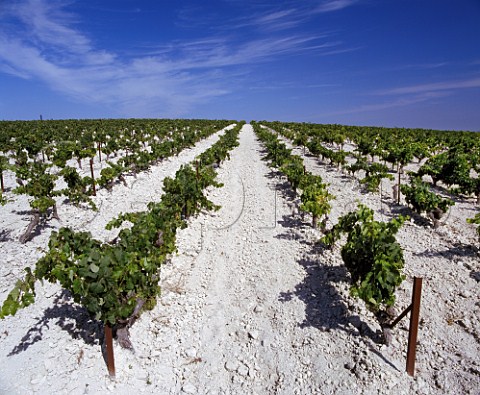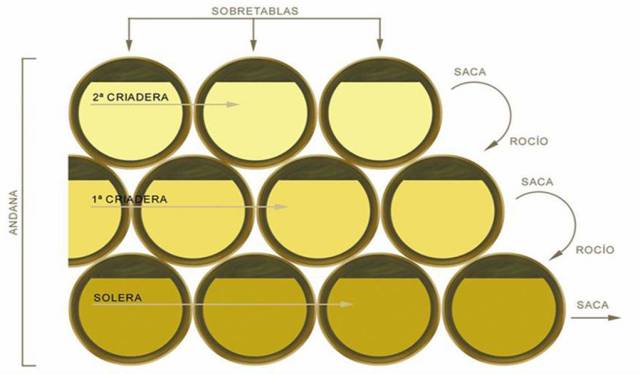Baga is one of the hundreds of native Portuguese grapes that
most people have neither heard of nor encountered. A few writers have
sporadically brought a spotlight to the maligned grape but it has largely
remained in obscurity. And rightly so until the last few decades… the harsh,
rustic style of the wines gave rise to an old saying, “it takes three men to
drink a bottle of [Baga]: one to drink it and two to hold him up.”
 |
| Portugal's wine regions. Bairrada can be seen just south of Vinhos Verdes. |
Baga is native to the Bairrada region of Portugal. It has
historically made two main styles of wine: tannic, unapproachable reds that
mellow very little with age, and red sparkling espumante tinto. These wines find their perfect pairing in the
legendary regional dish called leitão. Leitão is suckling pig, 6 weeks
old, rubbed with spices and lard, skewered, and roasted to a crispy perfection
in a hot clay oven. The pig is cut into small pieces (none of it is wasted) and served with the obligatory potatoes and
leafy greens of the Bairrada region. The harsh tannins in the Baga reds and the
racy acidity and rustic fruitiness in the espumante
tinto are exactly what’s needed to cut through the gooey fat of the
suckling pig. However, these wines tend to be a little more difficult to
consume sans leitão.
 |
| the typical dish of Bairrada: leitão |
But this grape has experienced a recent renaissance courtesy
of a man known in some circles as “Mr. Baga.” The man is Luis Pato, the
best-known producer in the Bairrada region. Pato is a trained chemical engineer
who, after taking over his parents’ winery in the 1980s, took a
slightly different approach to winemaking. He began destemming and using oak
barrels, introduced rotary fermenters, and stood behind the use of the
almost extinct native Baga grape.
 |
| Luis Pato and his Baga vineyards |
And Pato proved himself to be a revolutionary in more places
than the winery. His relentless battle with pushy Bairrada administrators
regarding the DOC laws resulted in his choice to abandon the Bairrada DOC on
his labels and replace it with the umbrella appellation Beiras. After a
prolonged campaign, the DOC revised its regulations. Beginning in 2008
“Bairrada” once again appeared on Luis Pato wines.
Pato’s Baga reds are a softer, rounder, but true-to-form
version of their coarse ancestors. The 2008 was rich and powerful, and had a
deliciously intriguing funky note of earth and barnyard that made it a favorite
for us. His Baga espumante tinto,
available by the glass at The Barrel Room (see our menu here), is a wonderfully
unique rosé-colored
sparkling red wine made from grapes harvested six weeks early. The high acidity
present in the grapes is maintained throughout vinification resulting in a
refreshing bubbly that would be excellent with the suckling pig of Bairrada,
but also pairs nicely with our hard cheeses and prosciutto-wrapped dates.
| Luis Pato's espumante tinto |
Luis Pato has succeeded in paying homage to the native Baga,
embracing a style that offers culinary versatility and is sure to force the
grape from its veil of anonymity. So, Mr. Pato, we at The Barrel Room
thank you. Saúde!
- Sarah

























